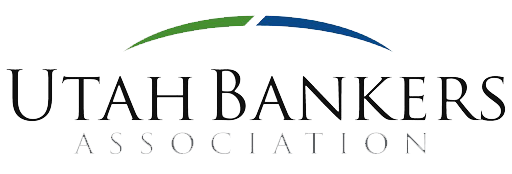CRE has boomed in the last two years. In 2021, CRE sales totaled a record-breaking $809B, and by the end of the year, the value of CRE loans exceeded $2.7T. In its mid-year review of the CRE market, JPMorgan expects a continued positive outlook for the remainder of the year, with forecasts varying depending on the asset class. While strip malls in remote areas and office properties struggle, industrial and multifamily properties are current bright spots in the market.
Community banks perform very well in CRE loans thanks to their focus on relationships, flexibility, and local market knowledge. According to Globe St., community banks held almost $800B in CRE loans in 2021 – roughly 30% of the total CRE market’s value, despite having only 12% of the banking industry’s total assets. As such, they are especially vulnerable to fluctuations in the CRE market.
Nevertheless, rising inflation, interest rates, construction costs, and fears of a recession – combined with the post-pandemic trend towards hybrid working – are generating uncertainty in the CRE market. There are signs that values are dipping, with the Green Street Commercial Property Price Index declining 4.7% this year. This is leading to concern for community banks with high CRE loan concentrations.
The FDIC recently announced that it would scrutinize financial institutions with large CRE exposure more closely. One FDIC regulator noted that while most banks with CRE loan concentrations are “satisfactorily rated,” those concentrations add “dimensions of risk that necessitate continued attention from banks and their regulators, especially as the pandemic lingers and uncertainties remain.” Previously, the Federal Reserve included a 40% downturn in CRE market values in this year’s stress testing scenarios, indicating that it, too, is keeping a watchful eye on this area of potential concern.
Here are five essential strategies for community banks to manage the current CRE market uncertainty:
- Monitor CRE market data very closely. Community banks need to be able to gauge the level of activity in the market to stay ahead of any turbulence. Regularly collecting data on demand and price points by property type and geographic location should be an essential part of determining an institution’s lending strategy. Whether to increase, maintain, or reduce its exposure to a particular market or product.
- Actively manage your CRE portfolio. Maintaining a diversified portfolio with concentration limits for specific products and markets is critical to managing risk. This requires community banks to develop a comprehensive view of their exposure by geography, property type (pre-sold, speculative, etc.), underwriting characteristics –loan-to-value (LTV) ratios – and portfolio liquidity.
- Strengthen risk management strategies. Community banks should review their risk rating systems and ensure they are appropriate for the size and complexity of the institution. They should also establish reasonable LTV limits for different property types and adhere to those limits. Finally, stress testing to model the impact of a market downturn enables community banks to take appropriate action to mitigate against significant losses.
- Plan for capital adequacy. All community banks should develop and maintain a capital plan to ensure sufficient reserves to withstand potential turmoil in the CRE market and beyond.
- Diversify your portfolio. One opportunity to further protect your community bank from CRE concentration risk is to diversify your portfolio with C&I loans. This investment will balance your exposure to a high volume of CRE loans.
So far, CRE delinquency rates have remained low, and losses have been minimal — partly due to government stimulus and low-interest rates. As market conditions toughen, community banks would do well to revisit their risk management policies to ensure they are prepared for a potential market downturn.
Dedicated to serving the needs of community banks, PCBB’s comprehensive and robust set of solutions includes cash
management, international services, lending solutions, and risk management advisory services.
They’ve developed their C&I Loan (Shared National Credit) program to allow banks to grow their portfolios with loans
from nationally recognized borrowers that provide interest income quickly while reducing your overall interest rate risk. To learn more about their C&I Loan opportunities or add one to your portfolio, contact Jay Kenney at jkenney@pcbb.com.










